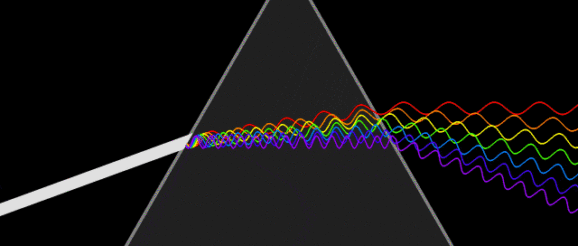Amazing camera innovation helps detect invisible matter, aiding in detecting diseases like cancer — Universal-Sci

New research published in the science journal Laser & Photonics Reviews focuses on the so-called mid-infrared range. Dr. Mrejen, one of the researchers, explains that there is an incredible amount of information on materials encoded as ‘colors’ in each of the different segments of the electromagnetic spectrum that has, until now, been concealed from pertinent observation.
In a TAU press release, the team responsible for the recently published paper explained that colors in these parts of the spectrum are of significant importance since many materials have a unique signature expressed as a color, especially in the before mentioned mid-infrared range. Cancer cells, for example, are be easily identified as they have a higher concentration of molecules of a particular type that can be detected using the right equipment and technology.
You might ask yourself a reasonable question: aren’t there infrared cameras available on the market already? This is true, but existing infrared detection technologies are expensive and mostly unable to render the “colors.” needed for accurate detection. Medical imaging experiments have been performed in which infrared images are converted into visible light to identify the cancer cells by the molecules. To date, this conversion required very complicated and expensive cameras, which were not necessarily available for general use.
Nonetheless, in their research, the research team was capable of developing affordable and, above all, efficient technology that should mount on a standard camera permitting, for the first time ever, the conversion of photons of light from the entire mid-infrared region to the visible region, at frequencies that the human eye and the standard camera can pick up!
